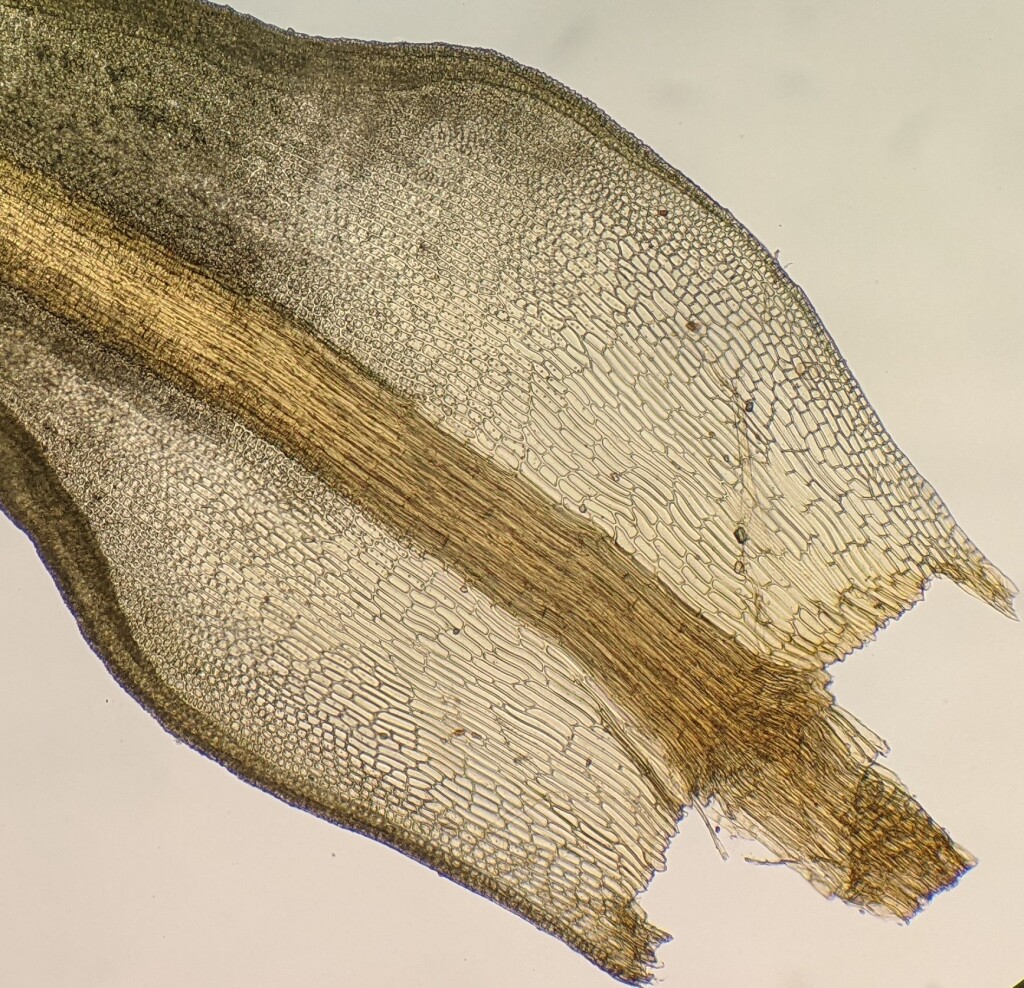Pseudocrossidium crinitum
(Schultz) R.H.ZanderStems 15–100 mm long, simple or dichotomously branched. Leaves erecto-patent or spreading when moist, twisted and sometimes crisped when dry, lingulate lanceolate, 3–4.5 mm long, concave or carinate; apex subacute; costa excurrent as an arista; arista yellow, hyaline-tipped, usually smooth but occasionally slightly denticulate, reaching one third or more of leaf length; laminal cells in apical half broadly hexagonal, elliptic or subrotund, 9–10 (–15) μm wide, with branched papillae; basal cells rectangular or linear, pellucid, smooth, yellowish, becoming subquadrate or shortly rectangular and chlorophyllose near margin. Seta 10–20 mm long, reddish. Capsules narrowly cylindric, slightly curved, 2.5–3 mm long. Operculum rostrate, to 2 mm long.
LoM, MuM, Wim, VVP, VRiv, RobP, MuF, GipP, Gold, CVU, GGr, DunT, NIS, EGL, EGU, WPro, HSF, HNF, OtR, Strz, HFE, VAlp. Widespread throughout the state in a variety of habitats including dry sclerophyll woodland, mallee, edges of saline lakes, wet sclerophyll forest and roadsides. Also WA, SA, QLD, NSW, ACT and Tas. New Zealand, southern Africa and southern South America.
 Spinning
Spinning
